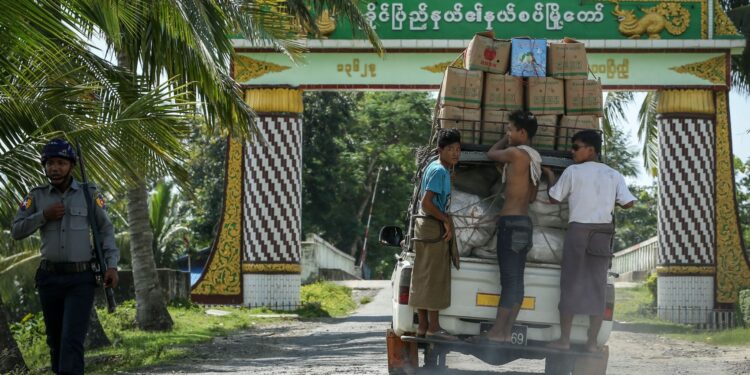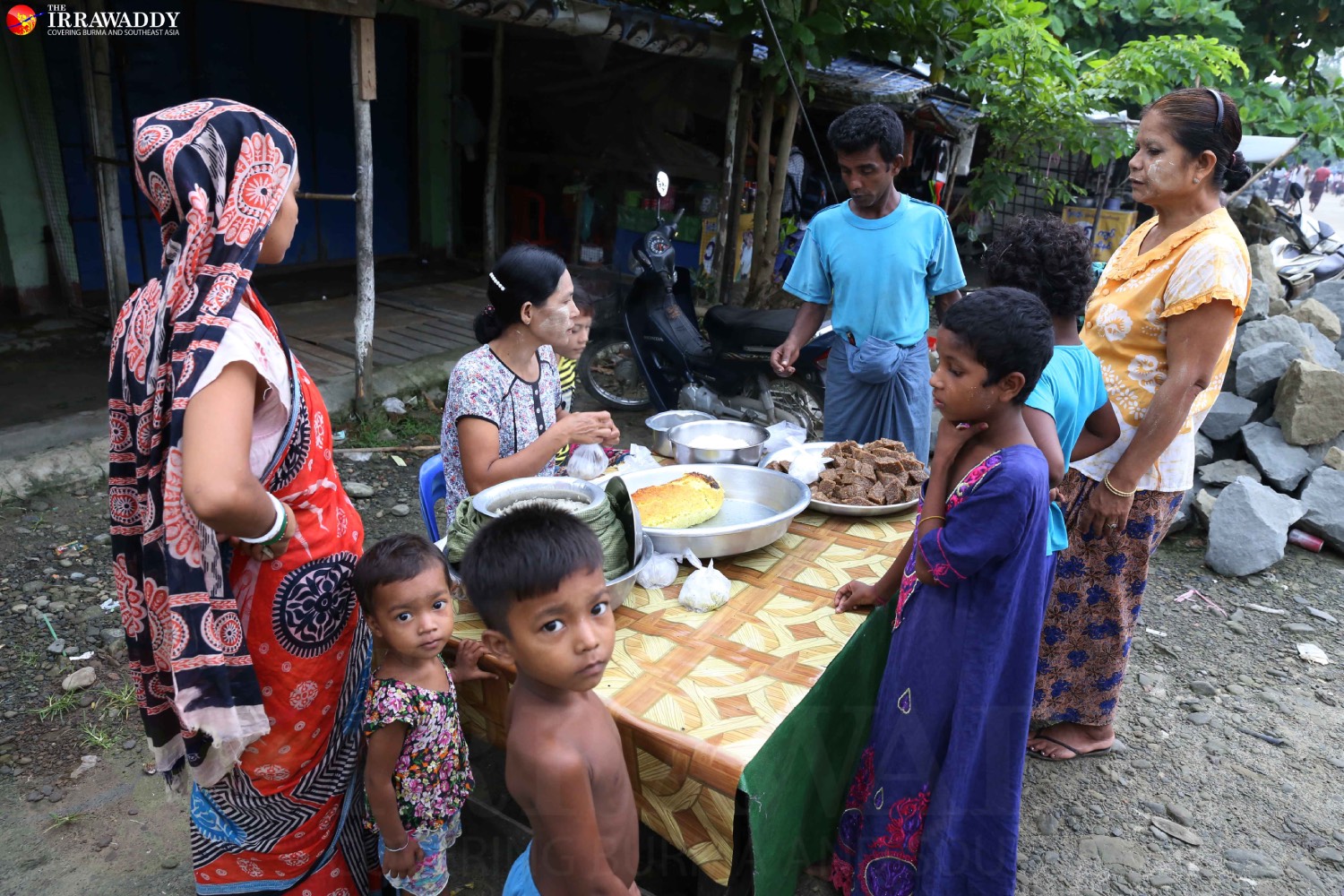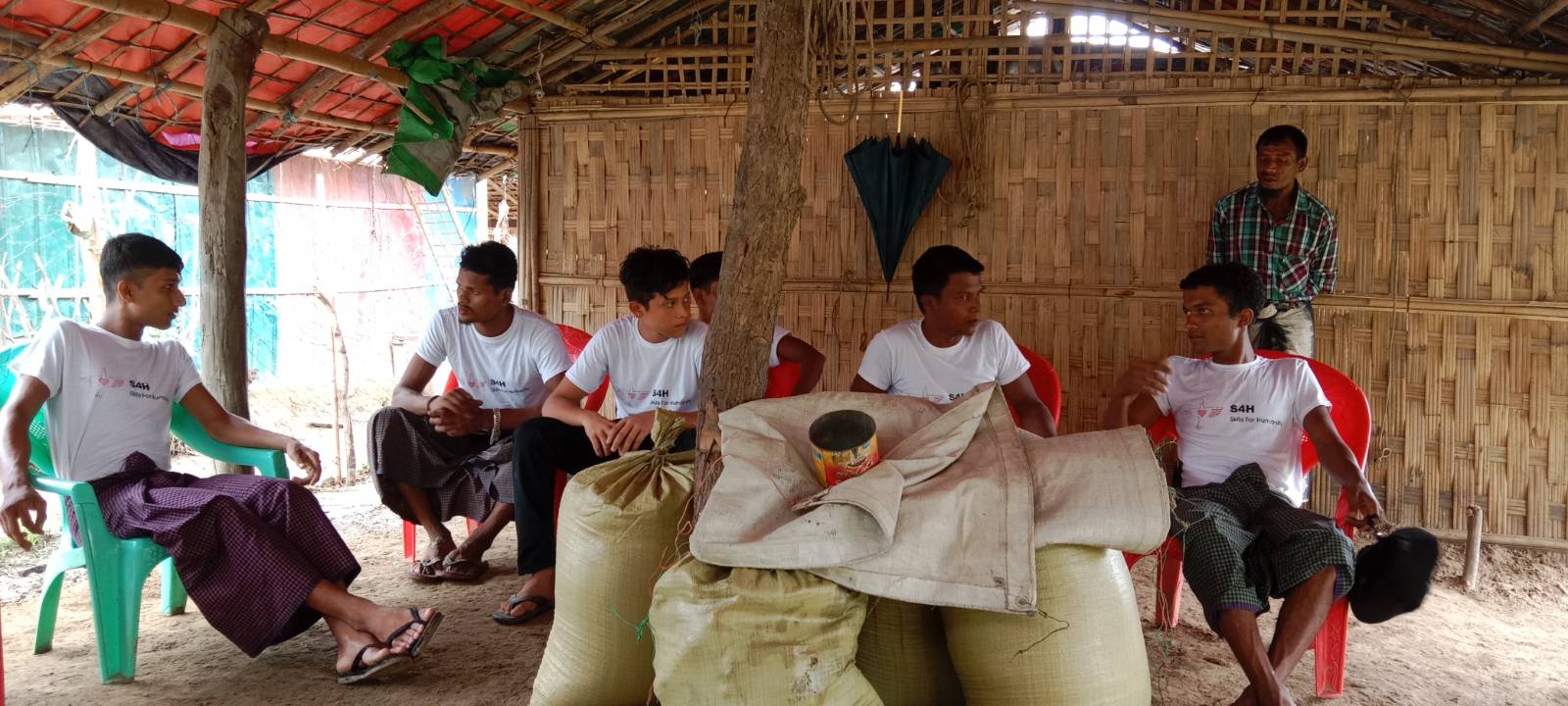
Many people claim to know what’s happening in northern Rakhine State, but judging by the statements and counter-statements and different figures, no one really knows and most people are seeing the situation through their selective lenses and echo chambers with the truth somewhere in the middle.
On March 26 I wrote an article for the Irrawaddy entitled, “Myanmar’s Junta Plays Both Rakhine and Rohingya for Fools” and in the last paragraph I said,
Judging by social media, the junta has been successful. Extreme, contradictory points of view are dominating and drowning out moderate voices. This was of course the junta’s intention and they have 70 years of experience in psychological warfare. Many of the X posts accuse the Arakan Army (AA) of any crime they can think of, including genocide, while conveniently failing to mention any of the junta’s crimes. One suspects that some of these are actually junta-controlled X accounts. Unfortunately, many members of the Rohingya diaspora and activists have joined this chorus, with the AA responding with racist tweets and anger that escalates the tension.
There is a lack of empathy and understanding on all sides. By empathy I don’t mean sympathy, although it can lead to that. I mean putting oneself in another person’s position and trying to understand how they feel, think and what motivates them; the action of understanding, being aware of, being sensitive to, and vicariously experiencing the feelings, thoughts, and experience of another. One may still strongly disagree, but empathy enables one to better strategize how to respond to others. The prominent emotional condemnation approach drowns out moderate voices and puts people in a corner from which they tend to come out fighting, especially if they are proud and nationalistic.

The junta approach is, “If we can’t have it, we will destroy it physically and socially.” They started by forcing Rohingya to protest against the AA in Buthidaung and Sittwe. This angered many Rakhines, including, it seems, the AA leadership, who ignored the fact that the junta forced them to protest. Then the junta ironically conscripted Rohingya people who they don’t recognize as citizens and in fact tried to eliminate them in 2017. This increased the AA sense of betrayal as they had supplied many Rohingyas with aid and safety in their areas. The inconvenient truth that some Rohingya joined the Myanmar military voluntarily didn’t ease the tensions and AA chief Tun Myat Naing’s tweets demonstrated anger and a lack of empathy.
The Rohingya have suffered from most people in Myanmar; successive military governments, the National League for Democracy (NLD), Rakhines and the apathy of those not actively persecuting them, so many don’t feel it is their revolution. One Rohingya on social media scoffed, “What revolution!” For some Rohingya it is just a matter of choosing what they see will be the best option for them. Some choose the Special Administrative Council because they think it will win and it gives them food, uniforms and guns.
From the AA leadership’s point of view, they had provided the Rohingya with humanitarian aid and protection and were betrayed when some Rohingya joined the junta and fought them. The majority of Rohingya support the revolution and many have joined the AA administration, police and even military voluntarily, but Tun Myat Naing fell into the trap of communal blame and some of the AA troops dished out communal punishment. This of course caused condemnation and accusations, even of genocide, from mainly members of the Rohingya diaspora and activists, which in turn angered the AA leadership even more. The junta inflamed this by making inflammatory statements on social media posing as Rohingya. There seems to have been a lack of empathy by some activists towards the AA leading to an inappropriate heavy-handed approach by the AA. Putting the nationalistic AA in a corner is not going to achieve much except trouble.
In addition, the high levels of international and national attention civil society organizations (CSOs) put solely on the Rohingya have alienated Rakhine CSOs. Even before Buthidaung, hundreds of non-Rohingya were killed in airstrikes and hundreds of thousands left with inadequate shelter as the monsoon started with very few international groups taking note, never mind responding. This happened in 2013 when international aid organizations focused on the Rohingya, causing resentment from Rakhines and harming communal relations. Rakhines didn’t know of the UN rapid needs assessments! All they saw was World Food Program trucks passing their villages going to Rohingya villages.

Maungdaw is in focus at the moment. There are Rohingya, Rakhine, Hindus, Maramagris and Dainets trapped in Maungdaw. The AA warned people to leave from June 14. It seems that those with money have fled irrespective of ethnicity. Some rich Rohingyas have even moved to Yangon. Some Rohingya from villages have already fled to safer places within Maungdaw township. The question is why have some people of various ethnicities stayed in Maungdaw. After talking to Rohingya, Rakhine and Mararagris, it appears people are staying for various reasons, such as lack of information, fear of leaving their homes unprotected, lack of money, fear of junta check points, and fear of being attacked by Rohingya junta fighters or the Arakan Rohingya Solidarity Army which perversely is supporting its old enemy the Myanmar Military. Old people are generally the most reluctant to move. There were Rohingya villages in AA areas they could have fled to. In fact, some Rohingya villages have charged those fleeing to pass them. It is not clear if they also charged Rohingya or just other ethnicities.
Now people are trapped in Maungdaw and I hear AA is trying to rescue them. A Rakhine journalist now in Bangladesh said,
“The ways out have been blocked by the junta forces and armed Rohingya, and the rest of the ways are filled with landmines. Some ways out were closed since February, but it became stricter when the AA captured Kyi Kann Pyin headquarters.”
So, from the AA perspective, they have to attack the junta in Maungdaw but want to limit the number of civilian casualties. This has been the conundrum of armed groups throughout Myanmar with citizens fleeing and setting up temporary shelters in relatively safe areas. There are now over 3 million internally displaced persons in Myanmar.
It is important to note that the majority of Rakhines and Rohingya trade and socialize and live peacefully together. At the moment, calm heads and empathy are needed from all sides to facilitate dialogue and understanding and avoid the junta’s psychological game of ethnic division. Selective echo chambers are not helping.
Paul Greening is an ex-UN senior staff officer with over 20 years of experience in six Asian countries working for six UN agencies and four INGOs. He worked in Sittwe, Rakhine State for the International Organization for Migration from 2017 to 2020.
